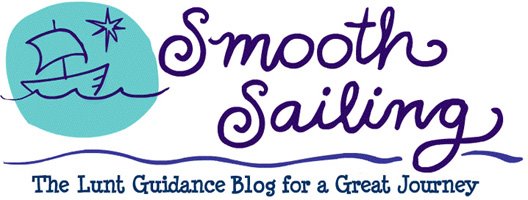 During the month of February, first and second grade students learned how to recognize and deal with bullying behaviors. We read the book Nobody Knew What To Do: A Story About Bullying by Becky Rae McCain in first grade classrooms, and the book Just Kidding by Trudy Ludwig in second grade classrooms.
During the month of February, first and second grade students learned how to recognize and deal with bullying behaviors. We read the book Nobody Knew What To Do: A Story About Bullying by Becky Rae McCain in first grade classrooms, and the book Just Kidding by Trudy Ludwig in second grade classrooms.We explained to the students that bullying is when someone unfairly hurts you over and over. Students learned about three types of bullying:
Muscle bullying: Is when people use their bodies to hurt you (e.g. hitting, punching, kicking, pushing, as well as breaking property).
Mouth bullying: Is when people use their words to hurt you (e.g. teasing, taunting, name-calling).
 Friend snatcher bullying: Is when people hurt your friendships with others (e.g. telling a friend that she can’t play with anyone else, or telling other kids not to play with you anymore).
Friend snatcher bullying: Is when people hurt your friendships with others (e.g. telling a friend that she can’t play with anyone else, or telling other kids not to play with you anymore).Students learned that a "one time" tease, or a "one time" shove is never acceptable behavior, but it is not bullying if it only happens one time, and never happens again. It becomes bullying behavior when a person continues to hurt you with words or their body (or intentionally hurts your friendships), even after the person is asked to stop the first time.
Students learned that there is only one appropriate way to deal with a bully or bullying behavior, and that is to TELL. We discussed the difference between tattling and telling. “Tattling” is talking to a grown-up just to get someone else in trouble or to get your own way. “Telling” is talking to a grown-up about a problem because you or someone else may be hurt or in danger.
Listen to your child if she or he is reporting bullying to you. Resist the temptation to tell your child to “just ignore” the bully or ask, “Well, what did you do to them first?”
When your child reports something to you, it is important that you encourage him or her to tell an adult at school. The school can only deal with it if we are aware of it. Of course, parents may also call to tell us about it, too.

 "Respecting Differences" was the topic for our first and second grade guidance lessons in January. In first grade classrooms we read the book
"Respecting Differences" was the topic for our first and second grade guidance lessons in January. In first grade classrooms we read the book 

